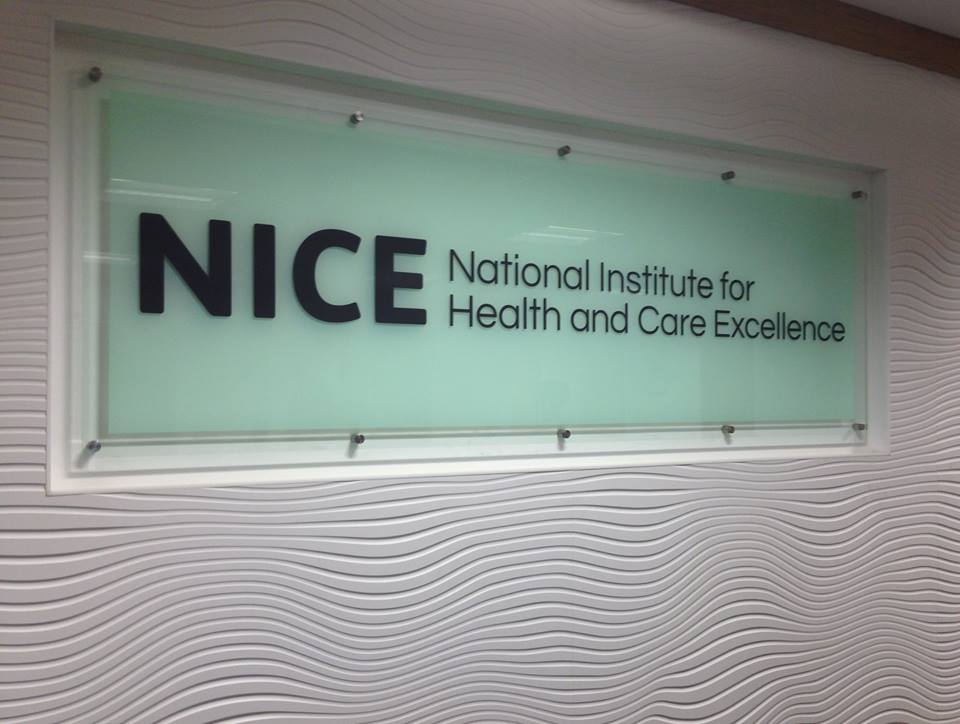NICE restores parity between Alnylam and Akcea on rare disease

NICE has reversed its stance on Alnylam’s gene-silencing drug Onpattro for rare disease hereditary transthyretin-mediated amyloidosis (hATTR amyloidosis), backing NHS funding.
The decision reverses an earlier rejection of Onpattro (patisiran) in December, and puts Alnylam’s drug back in contention against rival hATTR amyloidosis drug Tegsedi (inotersen) from Akcea, which was backed by the UK cost-effectiveness agency in April.
hATTR is an ultra-rare progressive condition that causes the liver to produce abnormal transthyretin protein that accumulates in the body, causing multiple symptoms including damage to the peripheral nerves (polyneuropathy) and heart (cardiomyopathy). It affects just 150 or so people in the UK.
A spokesman for NICE said that the appraisal committee changed its position on the drug after taking into account “the rarity and severity of the condition, the considerable effect the condition has on families and carers, the size of the health benefits provided by patisiran, and the unique and innovative nature of the treatment.”
Like Akcea, Alnylam has offered a confidential discount on the list price of its drug to secure NICE’s backing for use on the NHS in England. At full price both drugs cost around £300,000 per year per patient.
Like Tegsedi, Onpattro can be prescribed for adult hATTR amyloidosis patients with stage 1 and stage 2 polyneuropathy, says NICE in its final evaluation document for the drug.
In Alnylam’s pivotal APOLLO trial, 56% of the patients with hATTR amyloidosis and polyneuropathy saw an improvement in their neuropathy symptoms when treated with Onpattro, compared with 4% of patients on placebo.
The appraisal committee found that the most plausible range for the cost of treatment with Alnylam’s drug per quality adjusted life year (QALY) was probably above its conventional threshold of £100,000 for a highly specialised treatment.
However, it took into account the impact the drug would have on patients and their families and carers, and also that Onpattro – an RNA interference drug – was “innovative and [the] first of its kind.”
On balance, the committee found that Onpattro “provides considerable clinical benefits in terms of stopping disease progression and potentially reversing the condition in the longer term.”
The positive verdict on a second hATTR amyloidosis therapy was hailed by Prof Philip Hawkins, who is head of the National Amyloidosis Centre at the Royal Free Hospital in London.

Prof Philip Hawkins
“Patisiran has shown in its main clinical study that it can halt or even improve potentially debilitating symptoms of this disease in the majority of patients,” he said.
“This means we now have a real possibility of preserving quality of life for eligible patients for longer than has so far been possible.”
Now that both drugs will be available via the NHS, a battle for supremacy in a limited patient population has been set up.
Tegsedi is self-administered once weekly by subcutaneous injection, while Onpattro is given once every three weeks intravenously. However, unlike Onpattro, Akcea’s drug carries a warning on its label for low blood platelets and kidney toxicity.












